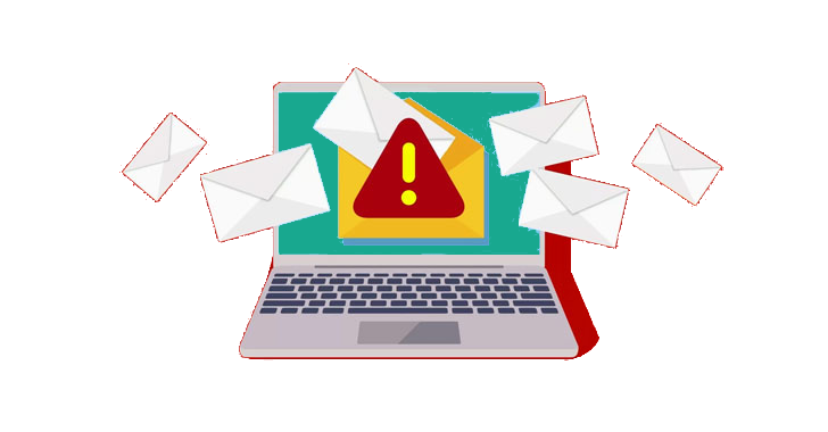
Business Email Compromise
Business email compromise (or BEC) is a form of phishing attack where a criminal attempts to trick a senior executive (or budget holder) into transferring funds, or revealing sensitive information.
The criminals behind BEC send convincing-looking emails that might request unusual payments, or contain links to ‘dodgy’ websites. Some emails may contain viruses disguised as harmless attachments, which are activated when opened.
Isn't this just Phishing?
Unlike standard phishing emails that are sent out indiscriminately to millions of people, BEC attacks are crafted to appeal to specific individuals, and can be even harder to detect. BEC is a threat to all organisations of all sizes and across all sectors, including non-profit organisations and government
Make yourself a harder target
Information about you that’s easily viewed on your work and private websites (including social media accounts) can be used by criminals to make their phishing emails appear more convincing.
1. Review your privacy settings, and think about what you post across your social and professional accounts.
2. Be aware what your friends, family and
colleagues say about you online, as this can also reveal information that can be used to target you.
3. If you spot a suspicious email, flag it as spam/ junk in your email inbox. Tell your IT department that you’ve identified it as potentially unsafe.
4. Will the emails you send get mistaken for phishing emails? Consider telling customers what they should look out for (such as ‘we will never ask for your password’)
What to do if you've already clicked ?
The most important thing is to not panic. Your IT department will have steps in place to help staff who think they’ve been phished.
If you think you’ve been a victim of a phishing attack, tell your IT department as soon as you can. The earlier you tell then, the more likely they’ll be able to help.
What scammers might do...
- Spoof an email account or website. Slight variations on legitimate addresses (john.kelly@examplecompany.com vs. john.kelley@examplecompany.com) fool victims into thinking fake accounts are authentic.
- Send spearphishing emails. These messages look like they’re from a trusted sender to trick victims into revealing confidential information. That information lets criminals access company accounts, calendars, and data that gives them the details they need to carry out the BEC schemes.
- Use malware. Malicious software can infiltrate company networks and gain access to legitimate email threads about billing and invoices. That information is used to time requests or send messages so accountants or financial officers don’t question payment requests. Malware also lets criminals gain undetected access to a victim’s data, including passwords and financial account information.
Examples
The Bogus Invoice Scheme:
An attacker pretends to be the supplier and requests a funds transfer to an account the attacker controls. Companies with foreign suppliers are often targeted with this tactic.
CEO Fraud:
Attackers pose as an executive and send an email to employees in finance, requesting that they transfer money to a bogus account. Often requested as a matter of urgency and when the CEO may be otherwise engaged.
Account Compromise:
An executive’s or employee’s email account is hacked and used to request invoice payments to vendors listed in their email contacts.
Impersonation:
When a legal representative’s e-mail address is used to contact clients, asking that they pay money to an account controlled by the attacker.
Data Theft:
Employees are targeted to obtain Personally Identifiable Information (PII) of employees and executives. Such data can then be used for future attacks.
Mitigation Advice
Training: Train staff to identify fake emails. Always be sceptical of urgent and hurried requests to transfer money. Verify those requests either by phone or in person.
2-Step Factor Authentication (2FA): 2FA will protect user accounts from being hijacked by an attacker. Usernames and passwords require us to ‘know something’ and we can prove who we are by ‘having something’, such as a pin sent to our phone.
DMARC: This enables an organisation to verify that an email they receive aligns with what they know about the sender. The technology is extremely effective in eliminating spoofed emails. See here for more information.
Secure Email Gateway: This is your email ‘firewall’. It will stop spam, malware and viruses, but it can also be configured to hunt for key words such as ‘payment’, ‘urgent’, ‘sensitive’ and ‘secret’.
Add Warning Banners: Most email systems can be configured to place warning banners on emails from new or unusual contacts, helping to mitigate the risk of lookalike domain spoofing.
